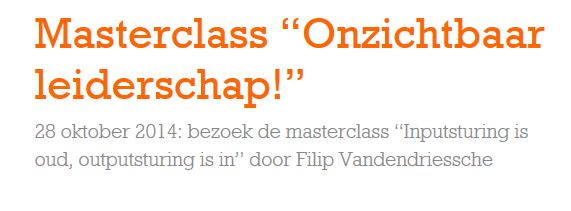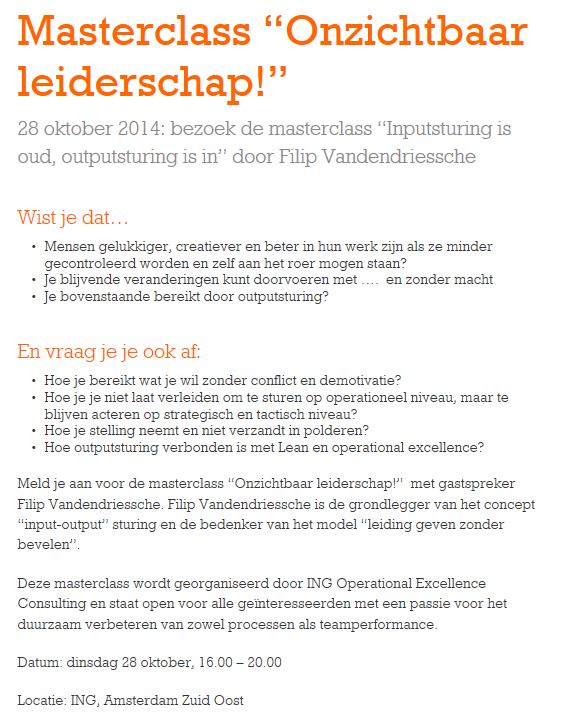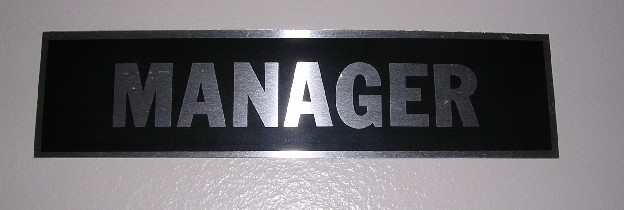The design phase of a Super7 Operations implementation project focuses on setting ambition, creating teams and assigning work process, and designing the tools and processes with which the team can manage their daily work. Super7 Operations integrates the Lean principles for administrative work, a.k.a. Operational Management, with the concept of autonomous teams. When you want your operations organisation to make this next step in Lean and Operational Management, there are three steps you should take in preparation.
- Set an ambitious ambition. Any change needs a clear goal. It has to be clear to everyone why this change is needed, and what it will bring. In modern day Banking, there is a strong focus on costs and automation. In my experience in Super7 Operations implementation projects, cost reduction has been most often the main quantitative goal. We’ve seen that implementation of Super7 Operations can lead to 20-50% increase in efficiency. The organisation has to be prepared to reduce FTE capacity when the efficiency is increased. Of course, you could get additional work done with the same number of people. But in Banking, where digitalization is the key word of today, most often there is no additional work for the operations department.
- Create clusters of work processes, that are similar enough so that all team members can learn them. These clusters should be sufficient work for a small team of 7 (of 5 to 9). A team can consist of several sub-groups with their own skills, but only if there is an intention to become multi-skilled. Team members must be able to help each other.
- Determine how the team will manage their daily work. What is the output that they will deliver? When has it been a good day? What are the restrictions that the management sets? How does the visual management board look like? In my book on Super7 Operations, I explain the way of working in more detail. But in short: working without queues, Today In, Today Out (TITO), results in the simplest management system. Other daily goals have been tried and tested also: working with large peaks in demand where TITO isn’t possible or even setting quality improvement as one of the daily goals. I will explain this last possibility in one of my next posts.
Menno R. van Dijk.









